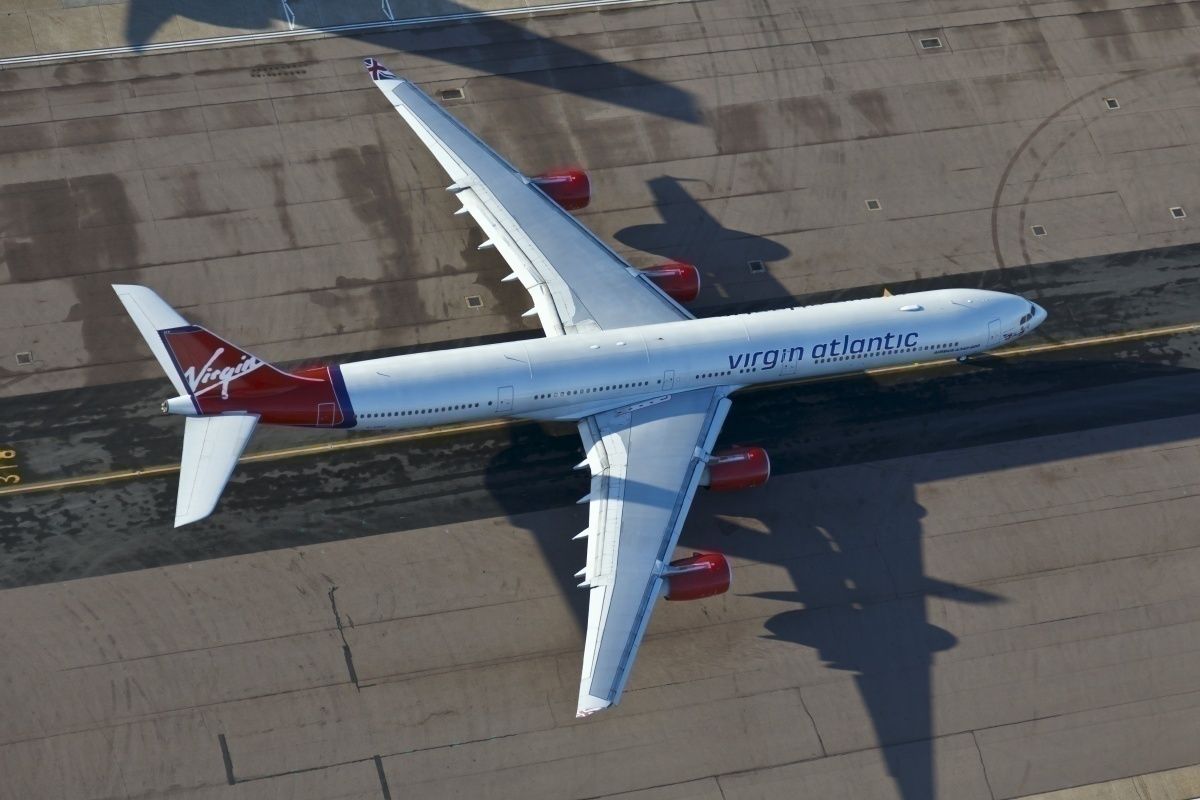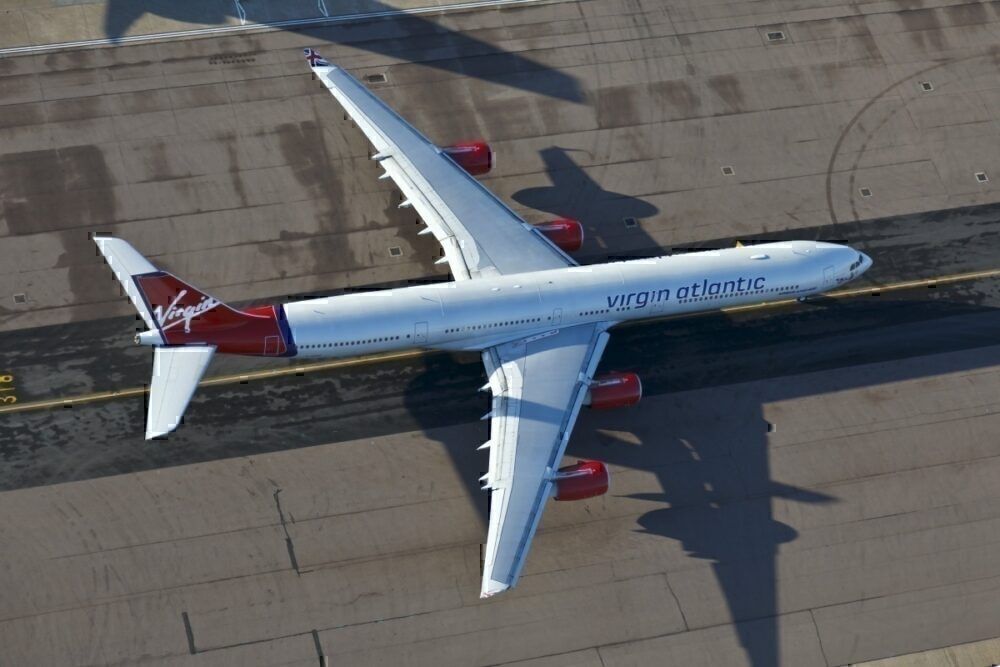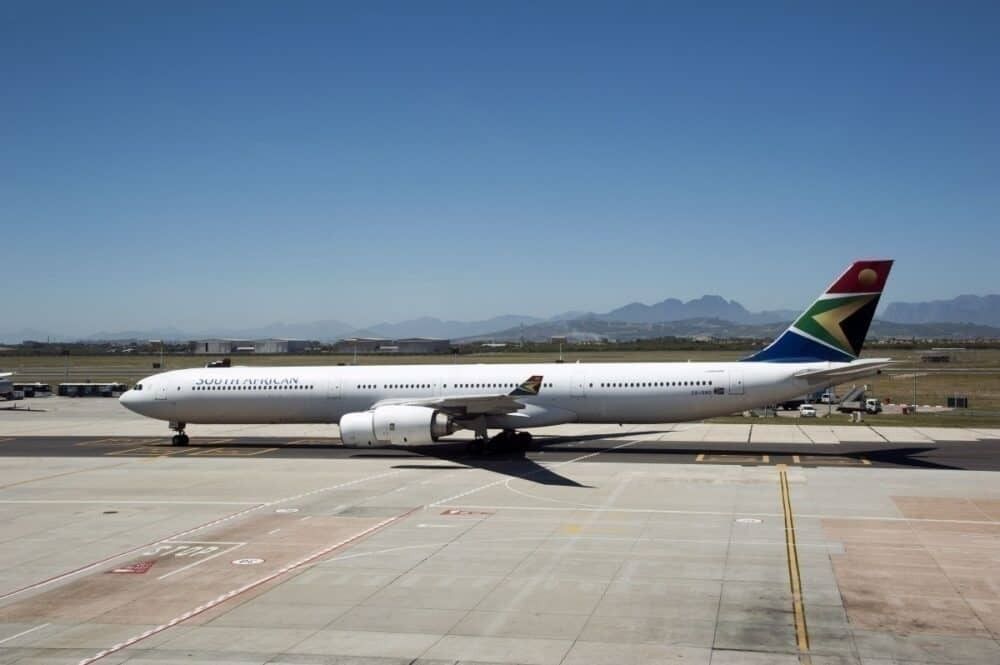When you look at the A340 series, you might notice something odd. There is no -400, despite there being a -200, -300, -500 and -600. What was the A340-400, and why was it never built? Let us explore.
The A340 program
Airbus initially set out to build a rival aircraft to the Boeing 747 with the A340 program. Its product would be a plane that could carry a lot of passengers over oceans and would have an extensive range. The European planemaker came to the market with two versions.
- The Airbus A340-200 - 303 passengers in two classes to a range of 12,400 km (6,700 nautical miles).
- The Airbus A340-300 - 335 passengers in two classes to a range of 13,500 km (7,300 nautical miles).
After arriving at the market, Airbus found that airlines wanted an aircraft that had an even higher passenger capacity. A possible stretch of the A340-300 with just a few more seats. If Airbus could build such a plane, it would be cheap to design and manufacture, and beat rival Boeing to the market (which was working on the 777 at the time).
What were the A340-400s specifications?
The A340-400 went through a range of different designs, from a simple stretch of the A340-300 to a mega long aircraft seating 380 passengers.
In 1991, the A340-400X project started by stretching the A340-300 by 12 frames (20 ft 10 in or 6.35 m) with an increased seating capacity of 295 to 335 passengers. It would have an MTOW increased from 553,360 to 588,600 lb (251 to 267 t), but as it was bigger, its range would decrease to 10,930 km (5,900 nautical miles).
Eventually, by 1995, Airbus settled on:
- An aircraft that could carry 340 passengers in three-classes, 12 frames longer than the -300 with a range of 11,290 km (6,100 nautical miles). It would use the same wing at the A330-300 and the same engines (hence the short-range).
Alas, it would never be built.
Why the design of the A340-400 was flawed
The A340-400 was a broken concept right from the start. While many other aircraft concepts fail when facing the market, the A340-400 had the odds stacked against it.
- Its larger passenger capacity but shorter range limited its routes. It had four engines, burning rather more fuel than a twinjet (like the available Boeing 777) but with no added advantage.
- The range of 6,100 nautical miles was mostly useless for trans-oceanic trips requiring four engines. If you needed a plane to fly over a vast ocean (like the Pacific), you would select a long-range aircraft like the Boeing 747. If you needed to cross a smaller ocean, thanks to ETOPS, you could use a twinjet like the Airbus A330.
- The plane design also cut into the market for the larger -600 design, with nearly as many passengers but only half the range. If any airlines wanted to carry that many passengers, then they would be better suited to chose the A340-600 instead with the longer range.
What happened to the project?
In the end, the design of the A340 was seen as old fashioned - twinjet aircraft like the Boeing 777 and the Airbus A330 became more popular with airlines (they were cheaper to run) and updated ETOPS rules allowed them to fly over oceans. Something that had long been the mainstay of four-engined aircraft was no longer exclusive.
The Airbus A340-400 would have occupied an exceptional niche in aviation. Large capacity but short-range, only filled by the very select Boeing 747-400D (Which was never that popular either). Alas, it was too little too late, and it never got built.
What do you think? Would you have flown on the Airbus A340-400? Let us know in the comments.




